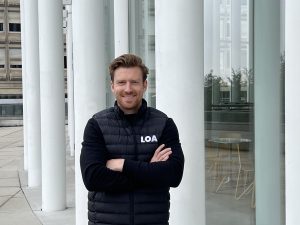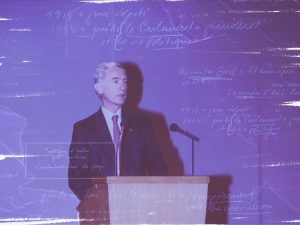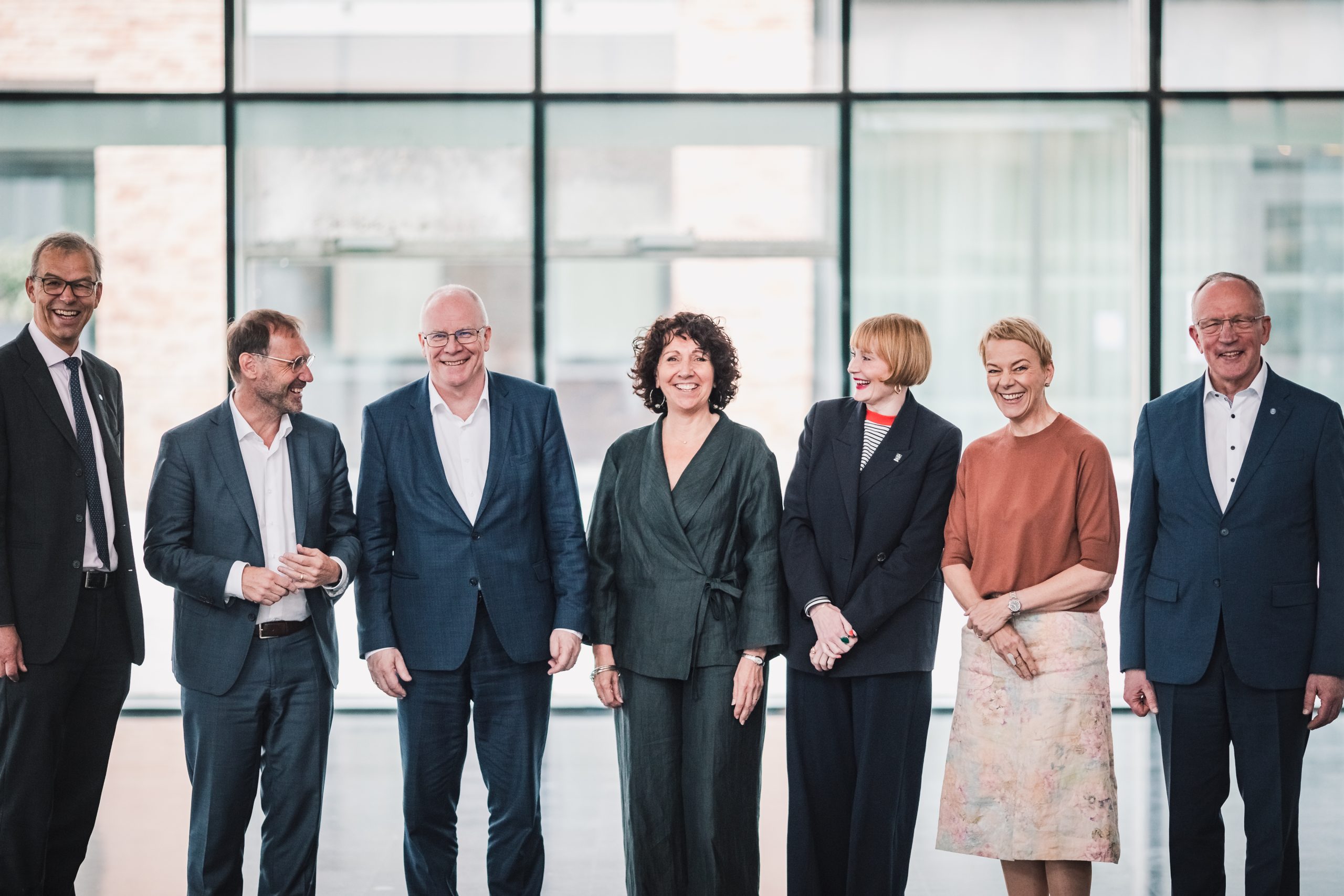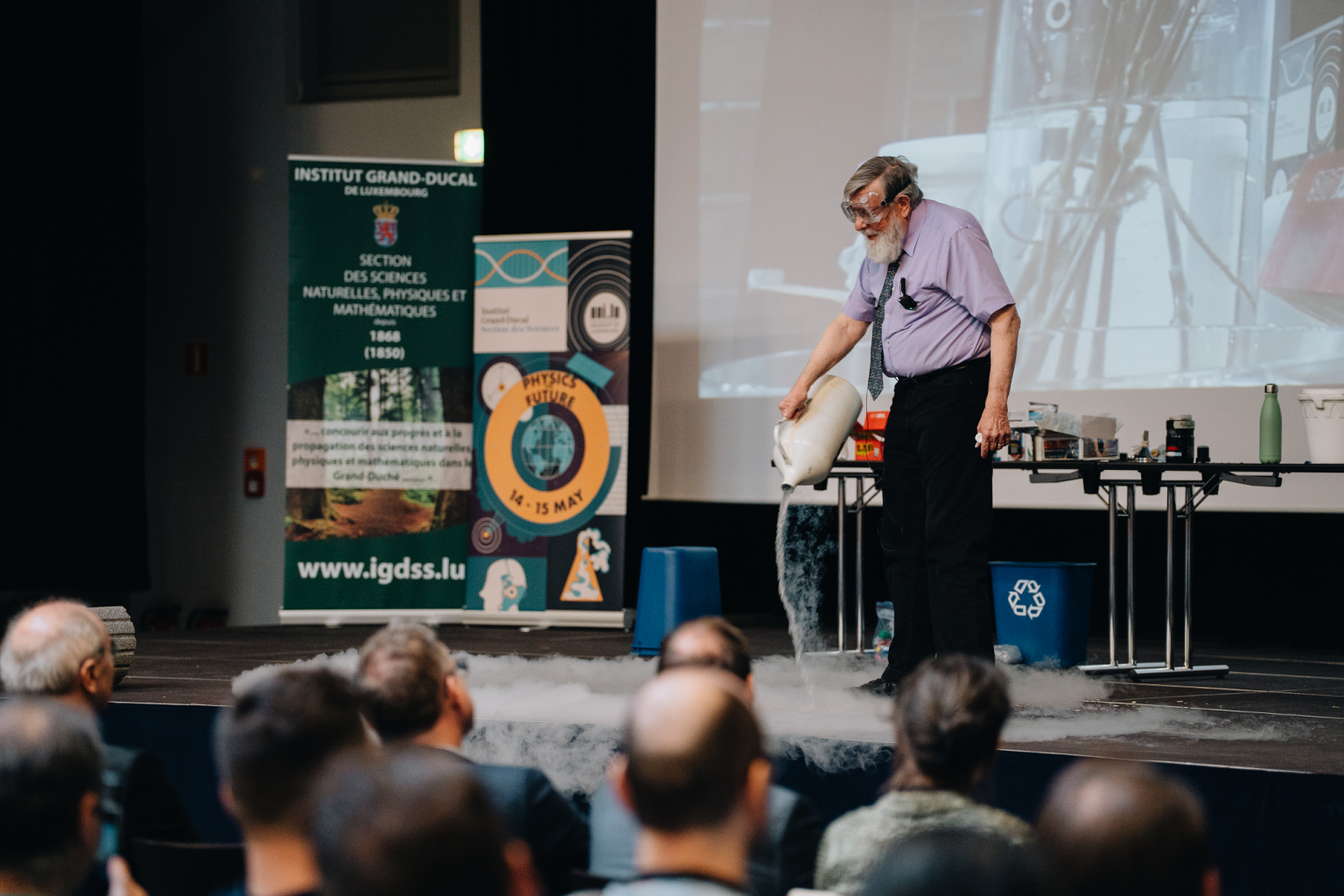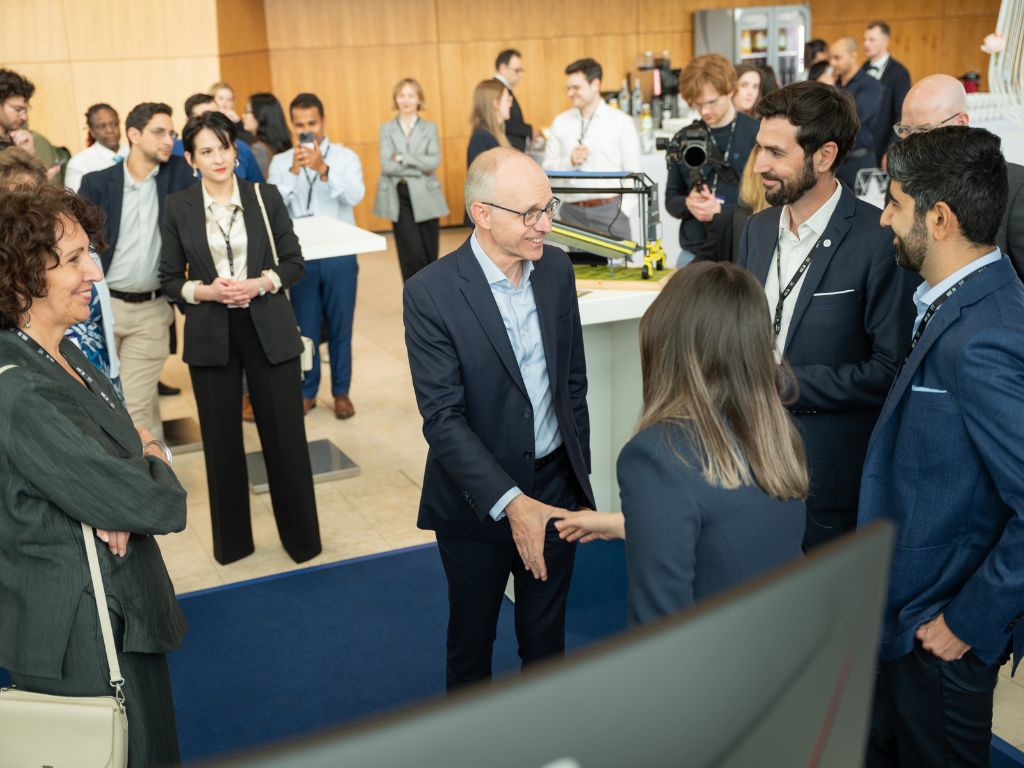Étudier à l’Université du Luxembourg est une expérience extrêmement enrichissante. Les programmes offrent des connaissances de pointe dans un environnement hautement international, multilingue et interdisciplinaire. Le nombre réduit d’étudiants dans chaque classe permet une interaction directe avec les enseignants.
Les demandes d’admission aux programmes d’études pour l’année académique 2025-2026 peuvent être déposées à partir du 1er février 2025. La demande d’admission pour l’année académique 2025/2026 est maintenant fermée pour les candidats non européens. Les candidats de l’UE peuvent encore postuler pour certains programmes d’études.


